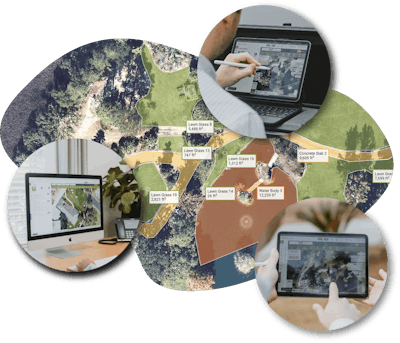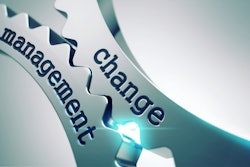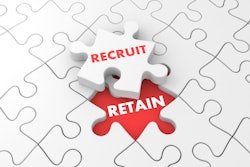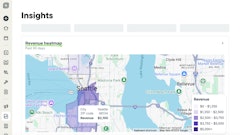
No one likes to second guess themselves, especially not when potential business is involved.
That's where estimating software comes in.
“You stop ‘guesstimating’ because estimating software provides a uniform estimating system that can produce consistent accuracy, margins and results regardless of the user's experience or background,” says Curt Conrad, senior product business owner at Aspire Software, parent company of PropertyIntel.
Additionally, estimating software can help close more jobs, save on time and money, increase communication and efficiency and enhance professionalism, according to Drew Wagner, founder and CEO of SatQuote.
“Regularly updated hi-res imagery, bird's eye angled views, AI measuring and automatic pricing have all come together to allow accurate measuring and pricing on more properties than ever before,” Wagner says. “Using estimation software to put a process around the way work is bid will lead to better consistency and efficiency while opening opportunities to scale faster.”
Wagner and Conrad discuss how landscape professionals can use estimating software to more easily generate bids and streamline the work once the job has been won.
The benefits
As the saying goes, “the early bird gets the worm,” so too is the first bid often the winner, Wagner says.
“Multiple studies have shown that the first bid usually wins, so speed is everything in enhancing your close rates,” Wagner says, adding that the ability to estimate work remotely before visiting the jobsite and using a single platform also save time.
Conrad says that accurate measurements further enhance efficiency by calculating time and material requirements for the user. He notes that some estimating software will allow users to estimate and measure simultaneously.
The benefits of estimating software don’t stop once a job is won. Using estimating software can also keep everyone on the same page—thus avoiding potentially costly mistakes.
“Collaboration tools such as map and estimate link sharing and map markup tools allow customers and crews to see and give feedback on where work has been agreed to be done on any device so that there is no confusion,” Wagner says.
Conrad notes that once a job is finished, crews can compare the estimating data to actual performance, further optimizing the estimating system.
The decision
When deciding on an estimating software, Conrad and Wagner suggest landscape professionals consider the following questions:
- How are you getting your property measurements?
- Will you enter measurements manually into the estimating software or do you want to measure and estimate in one software package?
- How easy and intuitive will the software be to use and onboard? What does support and training look like for the software?
- Does the estimating software allow you increase or decrease time estimates based on complexity of the job (for example, jobs that include slope and elevation)? Does the software allow for adjusting occurrences?
- Does the estimating software export in multiple file formats? Does it create exports that provide total estimate and estimates by service?·
- What integrations does the software include?
- Will the software be able to grow with the business?
Once these questions have been answered, Wagner notes that landscape pros should request a one-on-one demo of the software.
“Every platform that I am aware of offers some type of free one-on-one demo that will demonstrate how the platform can fit your exact use case and allow Q&A time with a rep," Wagner says. "Many platforms also offer either a free trial or free limited-use product.”
Learning curves
While every new piece of technology comes with a learning curve, Wagner says estimating software is typically easy to learn.
“In less than an hour, most can be proficient, and integrations with platforms such as Quickbooks can speed up the implementation process and benefit your team,” Wagner says, adding that often, the most time-consuming aspect is inputting items and costs, which can be done as users go instead of all at once.
Conrad adds that some estimating software requires users to provide configuration data like production factors, while other estimating software comes preconfigured so you can start estimating immediately.
Whatever the case, Conrad and Wagner agree that high-quality support and training are key.
“Landscape pros should choose estimating software from a trusted vendor that provides comprehensive and ongoing training and support included in the price of the software," Conrad says.
Word to the wise
Companies who decide to take the leap should perform comprehensive research upfront by taking part in free trials of different software and making pro/con lists. Additionally, companies should be prepared to fully commit to a software once a decision has been made, Conrad says.
For those hesitant about implementing estimating software, Conrad says to look at it as an investment for the future.
“Software is an essential part of building a modern landscape company,” Conrad says. “It's a smart investment to stay competitive and fuel your growth.”
Wagner agrees, noting that companies should be aware of how much time and money the software can save in the long run.
“Fuel and time are much more expensive than just about any platform on the market today, and more and more competitors are starting to use the technology,” Wagner says. “The net benefits far outweigh the costs and will position your business to scale. It is a no-brainer to at least give it a try.”




















